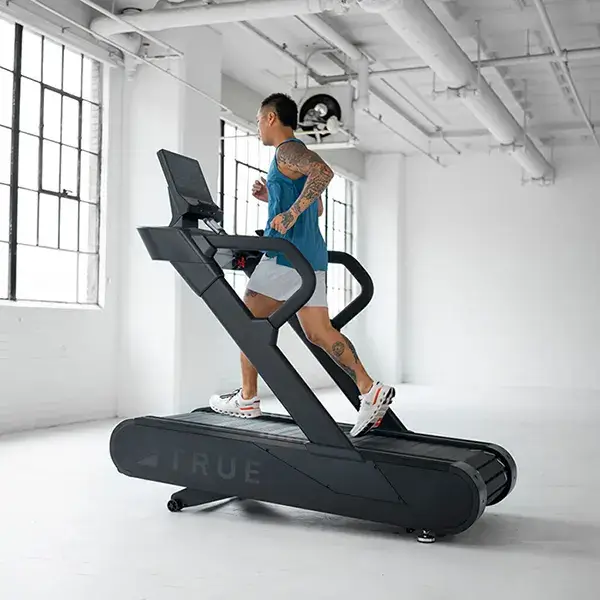 The Great Debate: Treadmill vs. Outdoor Running
The Great Debate: Treadmill vs. Outdoor Running
Treadmill conversion remains a hot topic among runners and fitness enthusiasts. Many hardcore runners argue that no machine—no matter how advanced—can fully replicate the challenge, rhythm, and satisfaction of a true outdoor run. And to an extent, they’re right.
Running outdoors naturally engages your stabilizing muscles, exposes you to wind resistance, and offers a variety of terrain that keeps your body and mind alert. But life isn’t always ideal for outdoor training—weather, time constraints, and personal commitments can easily derail your plans.
That’s where treadmill workouts step in as a convenient and effective alternative.
Why Choose the Treadmill?
There are countless reasons to step on the treadmill instead of skipping your workout altogether. Whether it’s pouring rain, freezing cold, or just too dark to run outside, a treadmill provides a safe, consistent environment for cardio training and endurance building.
Even if you prefer outdoor running, treadmill sessions can:
- Maintain your fitness level when outdoor conditions are poor.
- Allow you to control your pace and incline precisely.
- Help you track progress and performance metrics more easily.
- Provide a low-impact surface that’s easier on your joints.
Understanding Treadmill Conversion
So, what exactly is treadmill conversion?
In short, treadmill conversion is the process of adjusting your treadmill’s incline settings to mimic the resistance and energy expenditure of outdoor running.
Runners often find that running on a flat treadmill (0% incline) feels easier—or at least less natural—than running on a road. That’s largely because you’re missing wind resistance and uneven terrain. To offset that, fitness experts suggest increasing the incline slightly to simulate the added challenge.
According to most research and expert opinions, a 1% to 3% incline offers a close match to running outdoors on a level surface.
The Mental Game: Why the Treadmill Feels Harder
Interestingly, many runners say that treadmill workouts feel harder, even though they might technically be easier. Why? It’s often a mental factor.
Outdoors, you’re surrounded by changing scenery, air movement, and natural distractions. Indoors, you’re staring at a screen or a wall—constantly aware of time and distance. This can make even a short treadmill run seem to drag on.
To beat treadmill boredom, try:
- Listening to upbeat music or podcasts.
- Watching a running simulation video.
- Using interval training programs to vary intensity.
Useful Treadmill Conversion Chart
If you want an accurate way to compare treadmill and outdoor paces, check out the Treadmill Conversion Chart at HillRunner.com.
It helps you determine:
- Treadmill MPH settings vs. outdoor paces
- Pace per mile for specific incline levels
- Equivalent effort levels for each speed/incline combination
Finding Your Ideal Incline
While there’s no one-size-fits-all rule, most fitness coaches recommend:
- 0% incline – best for easy warm-ups and recovery runs.
- 1% incline – simulates mild outdoor resistance.
- 2–3% incline – closest match to running outdoors on flat terrain.
- 4%+ incline – great for hill training and endurance building.
Keep in mind that every treadmill is slightly different, and so are individual running styles. Your comfort level and body mechanics will determine what feels most natural.
So Does Treadmill Conversion Work?
While a treadmill might never perfectly replicate the feel of an outdoor run, treadmill conversion helps bridge the gap between indoor convenience and outdoor challenge.
Whether you’re training for a race, maintaining fitness during the off-season, or just fitting in a quick workout between commitments, treadmill running is a valuable tool for consistent cardio training.
So next time you can’t hit the road, adjust that incline, turn up your playlist, and make the most of your indoor run. You’ll still reap the rewards—and maybe even surprise yourself with the results.
